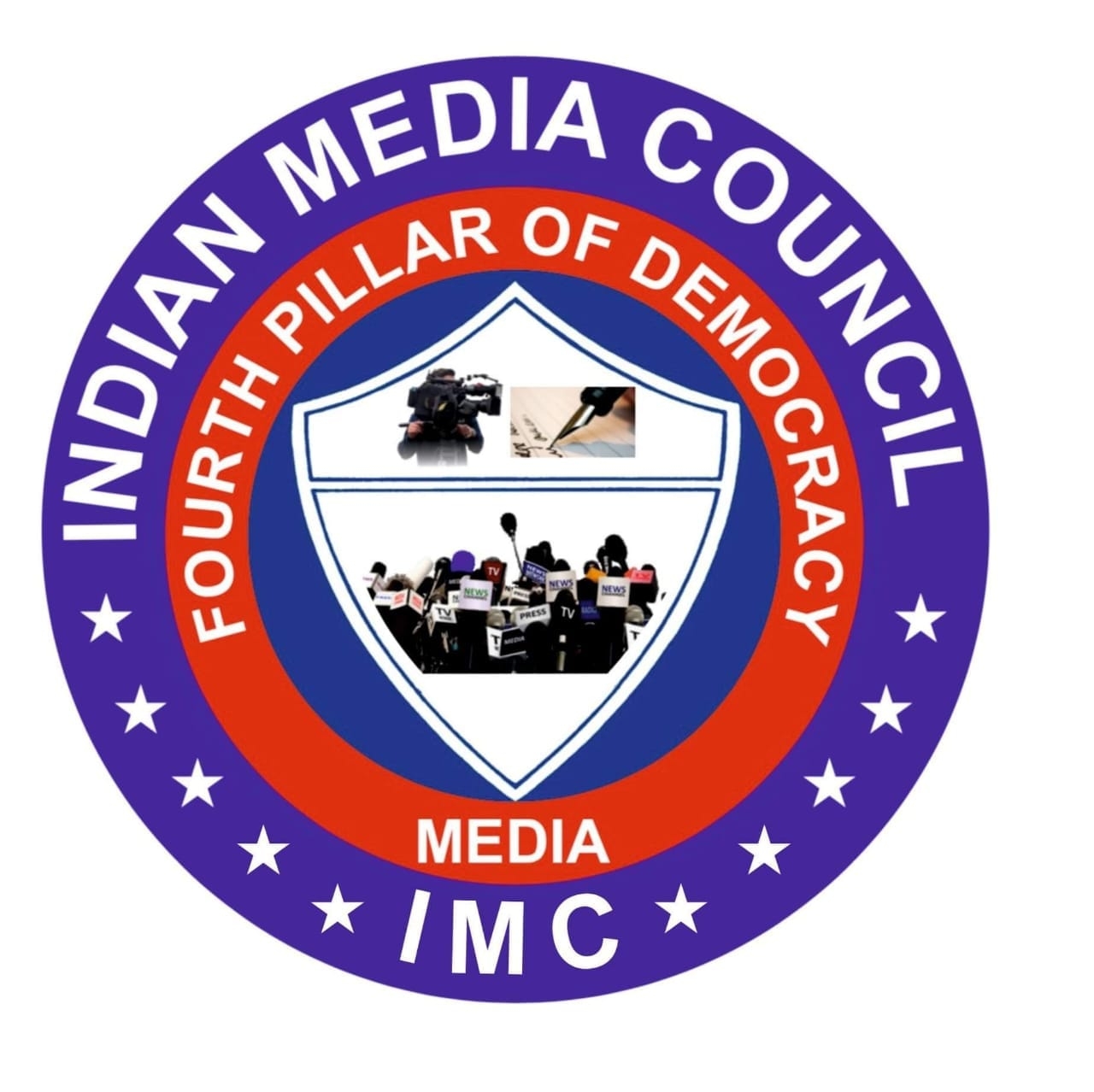The theme of Communal Riots in the works of Shashi Tharoor an Rohinton Mistry:
A country which resonate different diversities in culture, community and geographical area and
unified by patriarchy gives you a proud 200 years of democracy. The term “Unity in Diversity”
become an irony from the ages of Manusmriti to the age of “Battle of Belonging”. The term
“diasporic culture” become a phrase to define multifariousness of our culture. The term itself
carries the invasion of Germanic tribes to the colonization of Britain. The Indian diasporic
writers carried the theme of nostalgia, social harmony and geographical adventures in their
work. After the double decades of Post-Independence the Indian English writers turn their pen
to draw the political power struggle of the different castes and communities which can be
defined as Psycological and Phillosophical invasion.
Shashi Tharoor an Indian English Writer, a great scrivener bring the theme of Communal power
struggle from his first book The Great India to the Battle of Belonging. Rohinton Mistry an
Indo Canadian Writer pens to show the chaos of subaltern group.
Shashi Tharoor, as a global figure who pens his words to broad the true colours of Indian
Pluralism in the Indian Postcolonial era. The theme ‘communal riots’ can be seen in his every
works, which never bear the blood stain of two communities Hindu and Muslim more than that
it brings the Indian Political Culture. The communal riots lead the path of power. The
spirituality and philosophies of great Indian culture become the shadow to the cooperate power.
The ignorance and the tolerance of the minorities cripple the Indian Democracy and neutralized
the concept of “Rama Rajya”. His novel Riots become the fable of modern Indian Polity, In
his novel without giving any logical reasons for communal riots he gives it as a paradox of
authority. The power struggle replaced to the term ‘survival’. The art of survival through the
riots become as old as the proverb of the Indian Colonization “Divide and Rule”.
Rohinton Mistry is a diasporic writer well known for his portrait of Indian Political reality and
Pazhsi chaos. By taking his novel Family Matters as an example we can see power struggle of
citizen in the country, In his novel we can see two types of power struggle the National politics
and cultural politics, stuggle to maintain the power of a patriarchy. The theme of “Community
Chaos” treated as a balance political balance. In his novels he states that in Postcolonial era of
Indian Politics the Mandir and Masjid transferred an authority to Indian Beurocrats and on the
other hand the subaltern group left with chaos and powerless.
Mistry states that the subaltern and the minorities are continuing their journey in the
hallucination of the beurocrats where they awn themselves into different schemes and drag into
the art of silence without they are like a tree without root. Mistri states that the authority power
and economy fall in the hands of Indian upper middle class or in a word we can say ‘
beourgoise’ and on the other hand the minorities dive into the poverty of power and knowledge.
These two modern writers never tried to give a logical reasoning or to draw an epic saga of two
community. To mark their own identity, more than that they used the term as a metaphor of
power struggle of different communities and as well as the individual. In National Politics the
communities and different cultures play the major role and they preach about power than
spiritual community. In the Cultural Politics the term ‘Marriage’ replassssces the term power
because in India more than the love between two individuals it is an agreement between two
families.
The works of Tharoor and Mistry tries to broaden the idea of pluralism and the unity of
heterogeneous through their works more than that they are building a harmonious state through
the Philosophies that we are pretend to follow and breaking the silence of sixty-five years.
References.
V.L.V.N Narendra Kumar. (2002). Parsee novel. NewDelhi.
Parveen Shsagufta. “Rethinking History:A Study of Shashi Tharoor’s Riot as a “Post Modern
Histographic Metafiction”. International Journal of Innovative Research and Development,
vol. 3,no.2, February, 2014.
Written By: Anu Vincent
